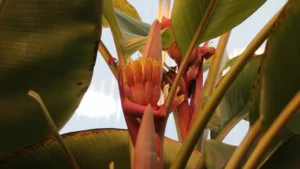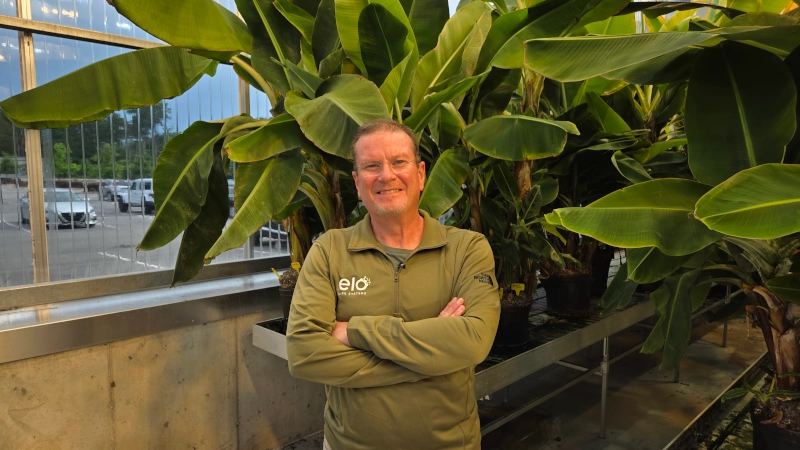Worldwide Fungal Infection Has Been Raging For 20 Years
 RALEIGH, NC — The bananas get your attention. You don’t expect, in one of the South’s crown jewel cities, a center of research, education and commerce, to be looking at banana trees. Then again, you probably didn’t expect to be living in a world where in less than 10 years we won’t have any more bananas. But you are.
RALEIGH, NC — The bananas get your attention. You don’t expect, in one of the South’s crown jewel cities, a center of research, education and commerce, to be looking at banana trees. Then again, you probably didn’t expect to be living in a world where in less than 10 years we won’t have any more bananas. But you are.
Two decades ago, a fungus called Fusarium oxysporum began to spread like wildfire throughout the world’s banana producing regions. Now it’s laying waste to Central America. There is no cure. There is no treatment. Banana groves are simply failing left and right. Within a decade, they’ll all be gone. Extinct.
Which is why you’re in Raleigh looking at banana trees. These are familiar – they look just like all the other trees that produce Cavendish bananas, the kind we buy in stores and the kind that’s long sustained a hungry world. But they’re unique: They’re the only Cavendish banana trees in the world that are immune to Fusarium infection.
Molecular biologist Todd Rands is standing in a sweltering nursery that looks and feels for all the world like a tropical jungle, save for the fact that it’s in the Raleigh laboratory facilities of Elo Life, a research firm he leads that specializes in modern lab-based approaches to solving agricultural problems.

The CEO likes what he sees. These trees are healthy, strong, mature and ready to start producing bananas. So, Rands pronounces, they’ll soon be on their way to Central America to join others from the lab that are already planted in the hostile environment as a last-gasp chance to save the banana.
The new hope for the Cavendish is the result of years of research and development here. Using genetic engineering, the Elo Life team has combed through the world’s hundreds of banana varieties looking for those with disease-resistant characteristics that can be spliced into the Cavendish to make them, too, immune to Fusarium.
Continue Reading